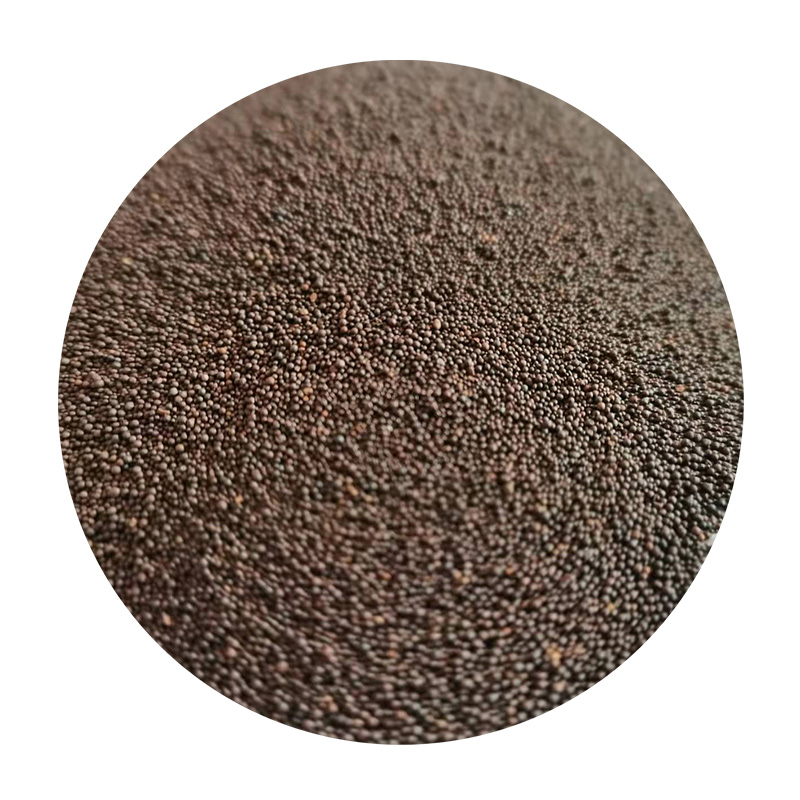

Authoritativeness in this field comes from decades of experience and a proven track record of successfully executed projects. Leading foundries invest in ongoing training for their workforce, staying abreast of the latest technological advancements and industry best practices. This continuous improvement mindset not only enhances the skill set of their team but also drives innovation in the sand casting process itself, enabling the development of new techniques and materials that improve efficiency and product quality. In terms of experience, many manufacturers have seen firsthand the benefits of using sand casting for iron products. Its flexibility allows for the production of complex geometries and large-scale items that might be impractical with other casting methods. Additionally, the relatively low cost of materials and setup makes sand casting an economical choice for both prototyping and large production runs. Companies that require high-volume output appreciate the method's capability to produce consistent results with minimal waste, aligning with both budgetary constraints and sustainability goals. Furthermore, the adaptability of sand casting extends to customization options. Manufacturers can easily modify patterns and sand mixtures to accommodate specific requests or to innovate new designs. This adaptability has proven invaluable in industries such as automotive, aerospace, and construction, where custom solutions are often required to meet unique engineering challenges. Sand casting iron remains an indispensable method for many sectors, offering a balance of traditional craftsmanship and modern efficiency. It exemplifies the harmony of experience, expertise, authoritativeness, and trustworthiness, ensuring its continued relevance in a rapidly evolving industrial landscape. As technology advances, the art and science of sand casting will undoubtedly continue to innovate, marrying its rich history with future possibilities. Post time:පෙබ. . 14, 2025 07:24
Next:sand casting foundry
